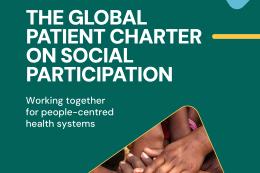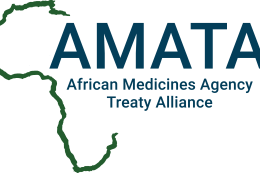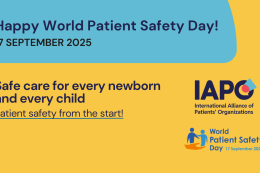Western Pacific Region prioritizes Sustainable Development Goals and Universal Health Coverage

IAPO member, Maria Fatima Garcia-Lorenzo from Philippine Alliance of Patient Organizations, represented IAPO at WHO Western Pacific Region Technical Advisory Group meeting on Universal Health Coverage.
“A prosperous country is made of prosperous people, and people can only prosper if they are healthy.” This was the message of the Universal Healthcare Coverage’s video presentation during the 2nd WHO Universal Health Coverage (UHC) Technical Advisory Group (TAG) meeting held at the WHO Head Office in Manila from November 13 to 15, 2017. This message struck me because it seemed so basic, yet I ask myself, why is it so difficult for most countries to achieve UHC? Sitting as an IAPO representative and observer to the discussions on UHC in the Western Pacific Region, I learned that it is really not as simple as passing a law, such as the Sin Tax Bill in the Philippines, to finance and implement Universal Health Coverage. Each country must have a systemic approach to make UHC work. I thought of the Rubik’s cube, when you move one part, you also have to think of how to move the other parts, to come up with a more or less complete package, which is beneficial for the majority of the country’s population.
Monitoring progress towards Sustainable Development Goals and Universal Health Coverage is a priority in the Western Pacific Region. There was a lengthy discussion on the need to address common challenges in the region such as; limited data availability, poor data quality and reliability, fragmented information systems, limited use of information standards and exchange mechanisms, poor information infrastructure and tools and limited capacity to generate knowledge for decision-making. This to me is the value of having the Technical Advisory Group. They are there to guide different nations to move from point A to B in the proper implementation of UHC. There was a lot of emphasis on gathering data, however the body was asked “to what extent does data drive change or is data needed to indicate change?” While it is true that one of UHC’s goal is to leave no one behind, sometimes data presented only reflects a sample, so how about the people who were excluded? And so the next question is “does the data really reflect the true situation on the ground?”
I believe this is where IAPO and PAPO come in. Our goal is to be the patient’s voice and it is our task to represent not just the sample, but majority of the patients. However, I asked myself, are there strong patient groups in the Western Pacific Region? Do the patient leaders in the region have the capacity to bring forth the true needs of their patients to government leaders? And do the different government health institutions in the Western Pacific region provide an enabling environment for patients to organize and engage patient leaders?
There is definitely a lot more to do to achieve UHC. As patient leaders, we need to ask ourselves if we are doing our part, or are we doing enough for the patient’s voice to be heard in the UHC space.



